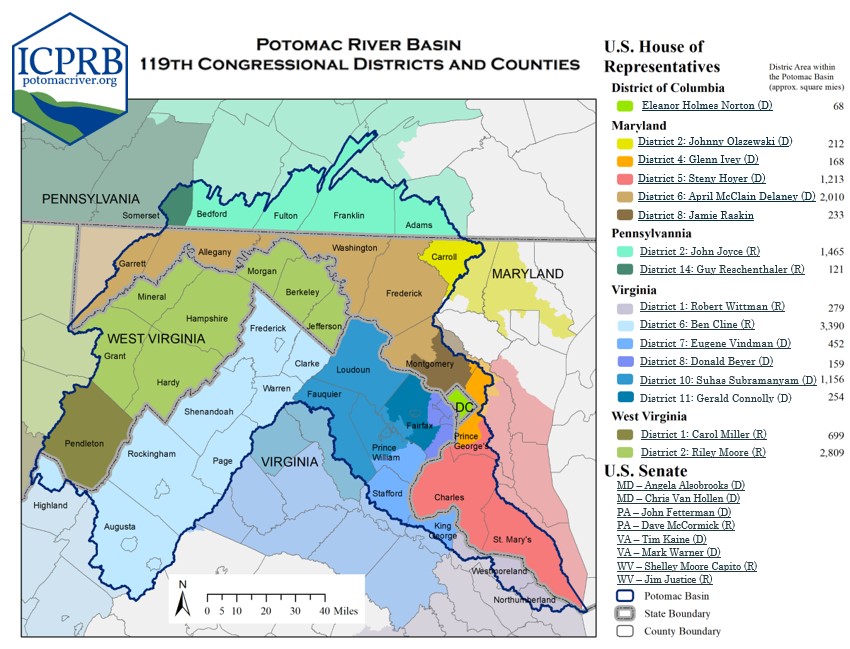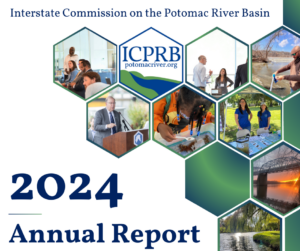News From Around the Basin – April 24, 2025
River Report: Let’s talk about drought
What information is used when declaring a drought? Who are the authorities on drought? Let’s talk…
Federal agencies provide much of the data and expertise that state and local jurisdictions rely on to determine regional droughts. USGS monitors the streams and groundwater. NOAA tracks precipitation. USDA looks at soil moisture. It is truly a team effort.
The National Drought Mitigation Center works with experts across the country to update the U.S. Drought Monitor map on a weekly basis. Rain is an important indicator of drought, but it is not the only one. The parameters they use include:
- Rain/snow
- Reservoir levels
- Streamflow
- Temperature and evaporative demand
- Soil moisture and vegetation health
While some parameters may be showing signs of drought (like a streamflow drought) others might not, but it is the combination of all the data that is important to understand when assessing for drought conditions. Once this data is combined, the map is populated with drought categories based on a color-coded system ranging from Normal Conditions to Exceptional Drought.
Some states have their own drought declaration processes and websites, including Maryland, Virginia, and Pennsylvania. Unlike the Federal maps, the state maps are segmented into drought evaluation regions. Authorities look at precipitation, groundwater levels, streamflow, and reservoir levels on a regional level. The language used at the state level is also different. The conditions range from Normal to Drought Watch to Drought Warning to Drought Emergency. Each status declaration is paired with activities required by the state agencies.
More regionally, local jurisdictions — in coordination with their water utilities — are responsible for declaring water restrictions, whether voluntary or mandatory. Last summer we saw jurisdictions throughout the region declare voluntary and mandatory water restrictions.
The Metropolitan Washington Council of Governments Drought Coordination Technical Committee monitors drought in the D.C. Metro region. They met earlier this month to discuss the situation. After receiving presentations by ICPRB as well as Federal and state agencies, the members agreed to continue the Drought Watch that was originally declared last summer. Authorities are encouraging wise water use, which includes shorter showers, only run a full dishwasher, and turn off the faucet while not in use.
ICPRB in the community
Please join us at one of our upcoming events:
- Apr. 27 – Rockville Science Day (MD)
- May 3 – Walk in the Woods: Mussel Power with Anacostia Watershed Society (DC)
- May 10 – Walk in the Woods: Frederick Municipal Forest (MD)
-
May 17 – Anacostia Festival (DC)
- May 31 – Earth Fest 2025 (Frederick, MD)
- June 14 – Walk in the Woods: Potomac Fever (Chevy Chase, MD)
- Jul. 11 – RiverPalooza: Shenandoah Snorkel, Mussel & Paddle Trip (Bentonville, VA



